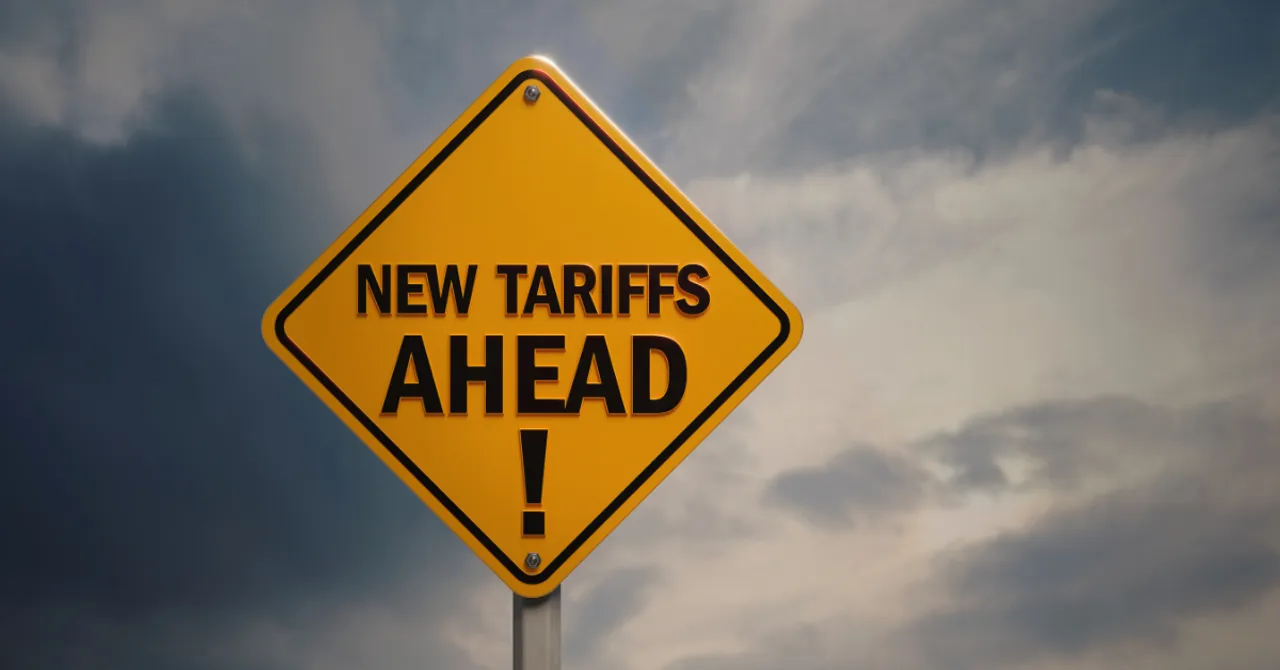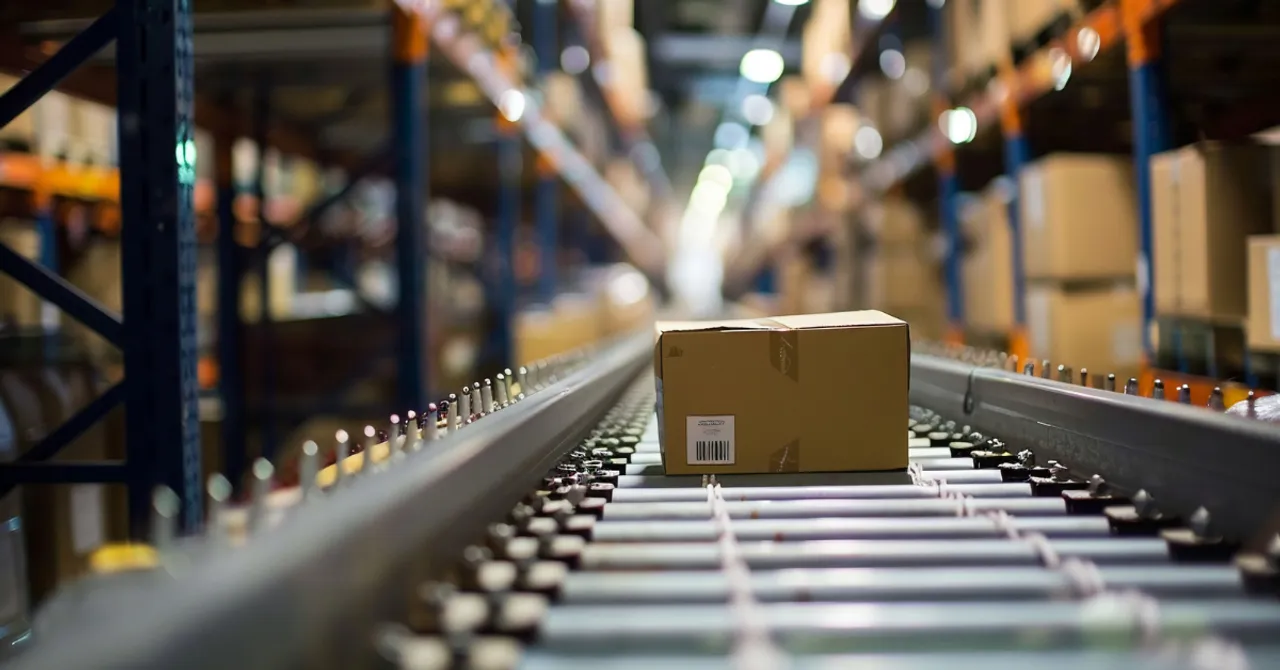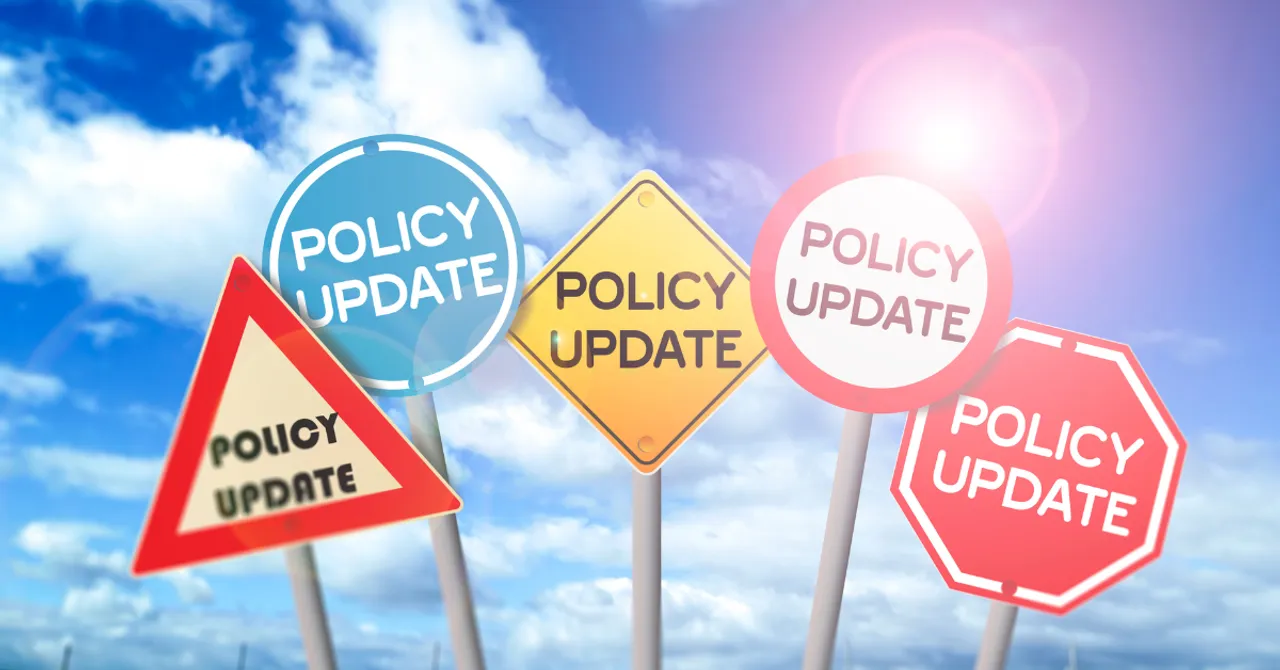As we enter 2025, U.S. tariffs continue to have a significant impact on businesses across various industries. For Shopify merchants, understanding these changes and their implications can be crucial for maintaining competitiveness and profitability. Navigating the complex landscape of tariffs can be daunting, yet it presents a crucial knowledge area for those looking to thrive in an increasingly globalized market. This blog post aims to provide a comprehensive overview of how rising tariffs could affect Shopify businesses, offering insights based on expert analysis, historical data, and current trends.
With tariffs influencing supply chain decisions, cost structures, and pricing strategies, Shopify merchants must adapt to remain competitive. The ongoing shifts in trade policies demand a keen understanding of how international tariffs might alter importing costs, affect customer pricing, and reshape inventory strategies. This awareness is essential not only for those who rely heavily on international goods but also for businesses aiming to sustain their customer base amid potential economic uncertainties.
Through the lens of various case studies and economic reports, we will delve into key strategies that Shopify store owners can employ to mitigate these challenges. By doing so, merchants can transform potential barriers into opportunities for growth and innovation. Stay with us as we unpack these tariff changes and their profound implications, providing a roadmap for success in an evolving marketplace.
Understanding the Current Tariff Landscape
In this section, we will examine the current state of U.S. tariffs, which have seen notable increases and policy shifts under the current administration. As of 2025, the landscape of U.S. tariffs has shifted considerably, impacting sectors such as consumer electronics, automotive, and textiles. The rationale behind these changes often stems from efforts to bolster domestic industries or respond to international trade imbalances.

Merchants on platforms like Shopify need to stay informed about these developments to strategically adapt their sourcing and pricing strategies. Recent data from the U.S. International Trade Commission suggests that merchandise from countries with increased tariffs may become less competitive in the U.S. marketplace, affecting pricing and supply chain logistics.
- Understand tariff classifications affecting your products.
- Consider alternative suppliers to mitigate tariff impacts.
- Stay updated with policy changes via Trade.gov and industry news outlets.
By comprehending these shifts, Shopify merchants can navigate the challenges and leverage opportunities presented by evolving trade policies.
Impact on Product Pricing and Supply Chains

As tariffs continue to rise, Shopify merchants face the challenge of adjusting their product pricing and supply chain strategies. Elevated tariffs increase the cost of imported goods, pushing merchants to evaluate their approaches to maintain competitive pricing and ensure profitability.
- Domestic Sourcing: To mitigate tariff impacts, merchants might consider sourcing products domestically. This shift can reduce dependency on imports and may provide more stable pricing structures. Learn more
- Supplier Negotiations: Renegotiating terms with suppliers could lead to cost reductions or more favorable trade terms, helping offset increased import costs.
- Product Offer Adjustments: By diversifying their product lines or focusing on less tariff-affected items, merchants can maintain margins and adapt to shifting customer demands.
Being proactive in these areas will be crucial for Shopify merchants to navigate the complexities of the global trade landscape in 2025.
Strategic Sourcing: Alternatives to Minimize Tariff Burdens
To mitigate the effects of tariffs, Shopify merchants may explore alternative sourcing options. This section delves into strategies such as diversifying suppliers, considering nearshoring, or investing in domestic production. Here's how you can adapt:
- Diversifying Suppliers: Reducing reliance on a single source can protect against sudden tariff increases. Reach out to suppliers in countries with favorable trade agreements. For example, Vietnam and India have become popular alternatives due to reasonable labor costs and proactive trade policies (United States Trade Representative)
- Nearshoring: Explore options closer to home. Mexico, due to its proximity and established trade agreements with the U.S., can offer cost-effectiveness combined with reduced shipping times. (Reuters)
- Investing in Domestic Production: While potentially higher in initial costs, domestic manufacturing eliminates import tariffs entirely and can appeal to customers prioritizing \"Made in USA\" products .

These strategies are reinforced by real-world case studies and expert insights that continue to guide businesses through tariff challenges. By remaining adaptable and informed, Shopify merchants can better serve their customer base while minimizing the impact of rising U.S. tariffs.
Leveraging Technology and Automation for Cost Efficiency
Amidst rising U.S. tariffs, Shopify merchants are increasingly turning to technology and automation to streamline operations and cut costs. Implementing the right tools can greatly aid in managing inventory, forecasting demand, and optimizing expenses, enabling merchants to remain competitive.

- Inventory Management: Advanced software solutions can help merchants track stock levels in real-time, reducing excess inventory costs and preventing shortages. For instance, platforms like TradeGecko offer integrated solutions to monitor and manage stock efficiently.
- Demand Forecasting: Utilizing data analytics tools such as QuickBooks Online allows businesses to predict sales trends accurately, ensuring they only restock products that are likely to sell, thereby reducing unnecessary procurement expenses.
- Cost Optimization: Automation tools can personalize pricing and promotions based on real-time demand analysis, ensuring optimal pricing strategies. For example, using platforms like Shopify's custom automation scripts, sellers can automate discounts and modify prices dynamically to match market conditions.
With the right technology investment, Shopify merchants can navigate the challenges posed by rising tariffs, maintaining efficiency and profitability in a competitive landscape.
Customer Communication and Marketing Strategies
Effective communication with customers about potential price changes and value offerings can help maintain trust and loyalty. As Shopify merchants navigate the implications of rising U.S. tariffs in 2025, developing a strategic approach to customer communication and marketing becomes crucial.

- Transparent Communication: Inform customers proactively about any potential price adjustments due to increased costs. Transparency helps in building trust. Reference credible sources, such as WTO reports, to substantiate your claims and remain transparent.
- Emphasize Quality: Highlight the unmatched quality or unique features of your products as a justification for price increases. Discuss how higher tariffs influence local production or sourcing strategies.
- Value-Driven Marketing: Shift focus from price to value by showcasing benefits, customer testimonials, or unique services offered alongside your product.
For more insights on managing marketing strategies under economic changes, explore Forbes insights.
Policy Developments and Advocacy: Staying Informed and Engaged
Understanding ongoing policy developments and participating in advocacy can help merchants stay ahead. In the dynamic landscape of international trade, it's crucial for Shopify merchants to remain informed about current and potential U.S. tariff changes. Staying updated can mitigate risks and leverage opportunities as they arise.
- Join trade organizations such as the Office of the United States Trade Representative and National Retail Federation to receive credible updates and guidance.
- Engage with advocacy groups to participate in shaping future trade policies.
- Leverage platforms like Trade Map for up-to-date trade statistics and analysis.
- Subscribe to reputable trade publications and newsletters for insights on implications of tariff adjustments.

By adopting these practices, merchants can proactively address challenges posed by evolving trade policies, ensuring sustained business growth and resilience.
In closing, while rising U.S. tariffs in 2025 present challenges for Shopify merchants, there are strategic options available to mitigate these impacts. By staying informed, leveraging technology, and exploring alternative sourcing options, merchants can navigate this complex landscape and continue to thrive.
Key strategies to consider include:
- Staying Informed: Regularly monitor updates from reliable sources like the Office of the United States Trade Representative and trusted news outlets to stay ahead of tariff changes.
- Leveraging Technology: Utilize data analytics and supply chain management tools to understand and optimize your cost structures.
- Exploring Alternative Sourcing: Consider diversifying your supply chain by reaching out to new markets that are less impacted by U.S. tariffs.
By employing these strategies, Shopify merchants can prepare for and adapt to the economic implications of rising tariffs. It is crucial to consult reputable resources and consider engaging with industry experts to develop robust strategies moving forward.
For further assistance, merchants are encouraged to explore local trade groups or online forums to connect with peers facing similar challenges. This collective knowledge can be invaluable in charting a course through these turbulent times.
Ultimately, embracing change with a proactive mindset will empower businesses to not only cope with current economic shifts but also position themselves for success in the evolving marketplace.













